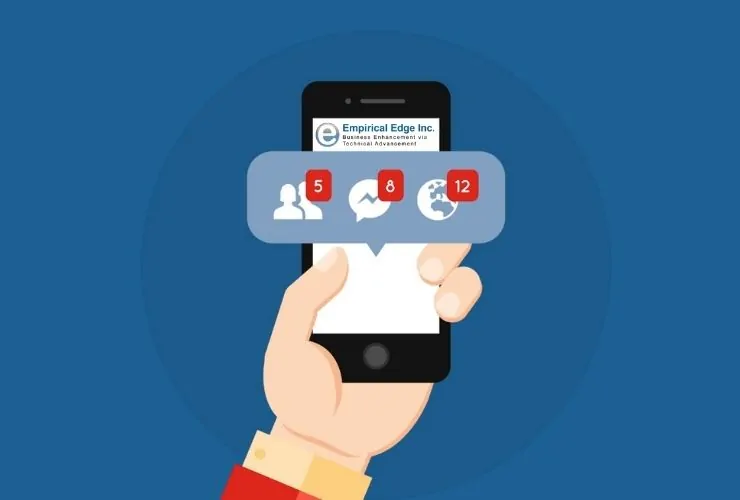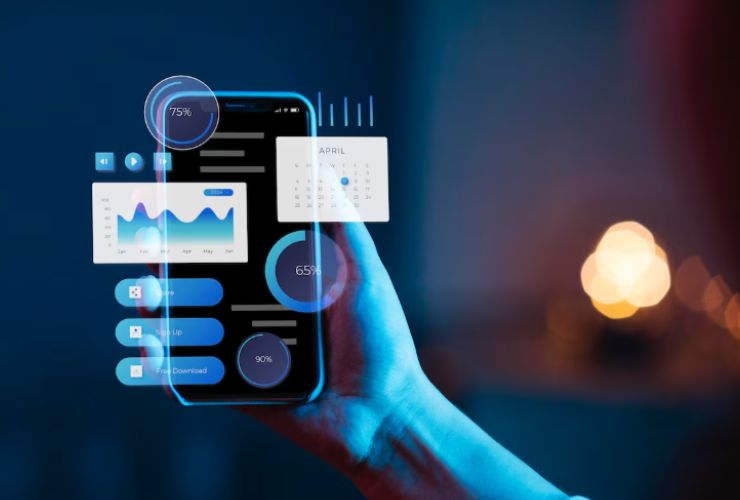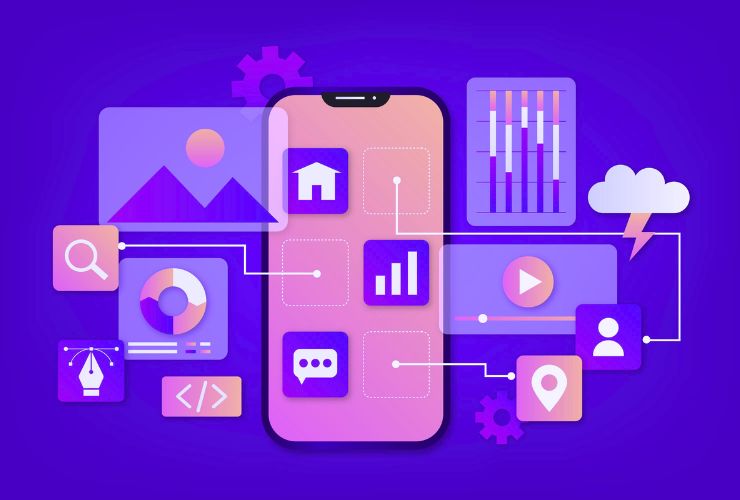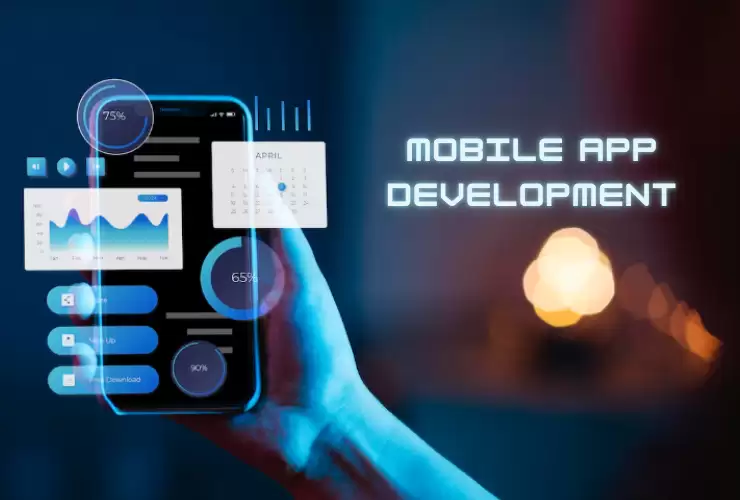While hybrid app development offers businesses the advantage of quicker app launches, wider audiences, and cost control – all with a shared codebase for iOS, Android, and the web – simply offering a usable app won’t cut it in today’s app market.
Consumers expect any app they download to function smoothly, feel intuitive, and provide the responsiveness they expect from native apps. And contrary to what many businesses think, if a user experiences poor performance, confusing design, or inconsistent interactions, they will abandon the app quickly and potentially leave negative reviews.
Why UX Matters More Than Ever
Today, mobile users simply don’t have the time; they expect immediate loading times, quick response times, and polished design across multiple devices. Research shows that almost one in four users will abandon an app after using it once, if the experience isn’t to their expectations.
This illustrates that when it comes to the user experience (UX) – it’s not just how the app looks, but how it functions, its speed, smooth interactions, and frictionless delivery of user needs. A well-built hybrid app can earn a loyal following, positive ratings and reviews, and repeat visits; a bad experience will do just the opposite, no matter how good the app’s functionality may be.
Practical methods for enhancing user experience in hybrid apps
1. Prioritize performance
Performance should be the guiding factor in any UX strategy. Hybrid apps may have a negative reputation for being “slower” than native apps — but if you implement the best practices, you can achieve near-native performance.
- Optimize images and assets but lose none of its quality.
- Make use of lazy loading so that only the content you can see loads first.
- Minify and bundle code to reduce load times.
- Test using poor network conditions for performance and smoothness.
- Monitor and evaluate your performance over time, and fix bottleneck issues as your app progresses.
2. Embrace mobile-first responsive des
Your app should feel natural regardless of screen size: phone, tablet, or foldable.
- Embrace flexible grids and responsive layouts.
- Keep touchscreen gestures in mind – make buttons large enough and easy to tap.
- Be sure to use specific guidelines per platform that fit into the larger interfaces (Material Design for Android, Human Interface Guidelines for iOS) so that users feel familiar when using your app.
3. Integrate native & hybrid
Now that we can create hybrid apps using React Native or Flutter, we have the option to mix native modules directly into your hybrid app as needed. This gives you the benefits of performance for critical features, while also achieving a hybrid-reactive codebase.
- Use native navigation bars, menus, and gestures where appropriate.
- Add native animations for smoother transitions and interactions.
- Integrate hardware features like cameras, GPS, and push notifications seamlessly.
4. Streamline the User Journey
A clear user journey allows users to achieve their goals with minimal effort.
- Define your structure and navigation within your design — do not rely on hidden menus or have unnecessary steps.
- Simplify complex tasks by breaking them down into small, easy tasks.
- Integrate tooltips, onboarding and micro-interactions for new users.
- Make calls to action clear and accessible with an easy tap.
5. Consider Accessibility
Accessibility is more than just a good practice — it helps widen your audience and lets your users know that you care about all users.
- Use colors that have contrast to improve readability.
- Ensure that text is scalable and buttons are easy to reach.
- Use screen readers with appropriate labelling.
- Test your app with regard to color blindness and other forms of visual impairment.
6. Test Early and Often
Continual testing is required to deliver a polished user experience.
- You should be using emulators and real devices to test on screen sizes, orientations and operating systems.
- Do real usability tests using real people to identify the pain points.
- Get real time feedback with inclusive questions, or rating prompts within the app.
- Use in app analytics to review where users drop out or get stuck, and fix these friction points.
Two Ways Empirical Edge Inc. Provides Great UX in Hybrid Apps
At Empirical Edge Inc., we understand that just writing great code is only part of building a great hybrid application. We take a user-first approach with every project and we design well-defined interfaces, optimize every screen for responsiveness and speed, and create familiarity with native functionality, when it matters.
Our hybrid app development group uses modern frameworks like React Native, Flutter, Ionic, and Xamarin, to craft hybrid applications with the rigor of UX testing and the best practices of design. Whether you are launching a startup MVP or scaling an enterprise-level app, we ensure you users get the best experience possible, no matter the device they are on.
We do not just build applications that work, we build applications that people want to use.
Explore our Hybrid App Development Services: Empirical Edge Inc.
Final Thoughts
When you invest in a hybrid app, you save time and money. But when you also invest in great UX, you build trust, loyalty, and real ROI. Users will stick with your app, recommend it, and come back for more — all because it works beautifully, feels smooth, and gets the job done with zero frustration.
If you’re ready to deliver an amazing user experience with your next hybrid app, we’re here to help.
Contact Empirical Edge Inc. today to talk about your project and find out how we can bring your best ideas to life with thoughtful design, best-in-class frameworks, and an outstanding user experience.












